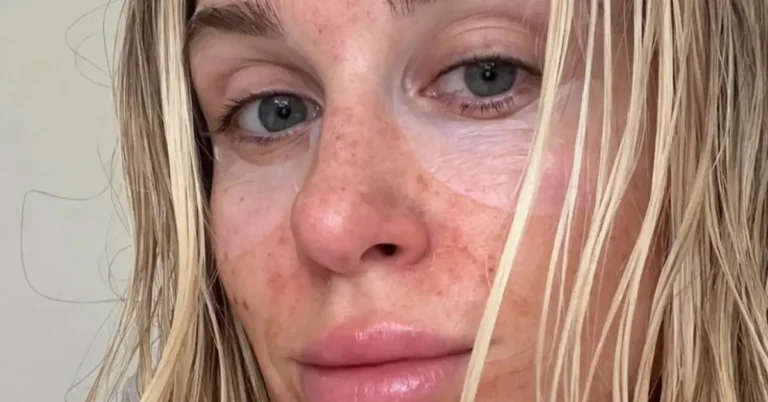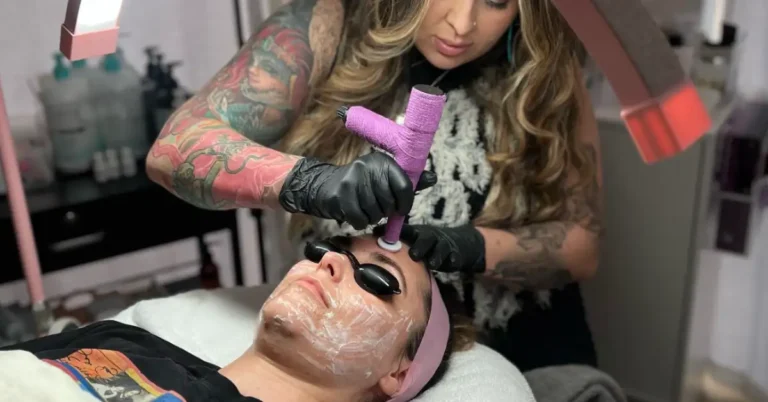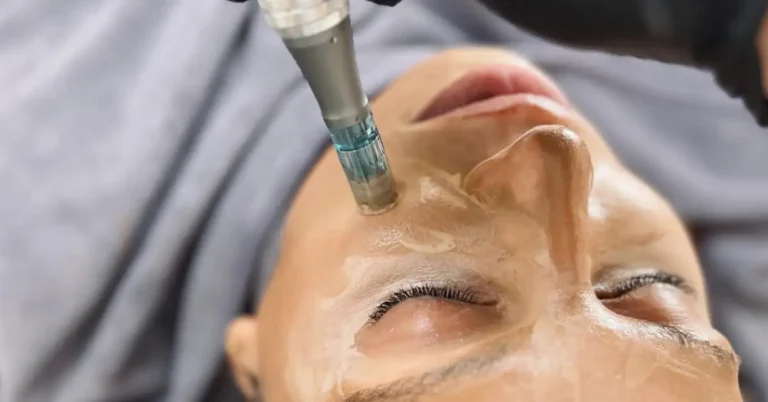Are you tired of dealing with dull, congested skin that never seems to improve, no matter what you do? Are you searching for the key to achieving glowing, healthy skin that catches everyone’s eye? You’re on a journey towards flawless skin, and we have the answer – the HydraFacial.
Picture a skincare treatment so innovative, and so effective, that it can breathe new life into your skin, banishing dullness, congestion, and uneven texture. The Hydrafacial, a patented wonder, is the answer to your desires. You’re about to discover the promise of rejuvenation and the golden rule that dictates how often you should indulge in this skincare sensation to maintain your newly found radiance.
Don’t resign yourself to lackluster skin any longer; embrace the glowing future that awaits you. Continue reading to unveil the secrets of the HydraFacial and embark on a journey to the skin you’ve always dreamed of!
Table of Contents
How Often Should You Get A Hydrafacial
The frequency of HydraFacial treatments depends on various factors, such as skin type, concerns, and lifestyle.
As someone who has struggled with acne and uneven skin tone, I was curious about the frequency of HydraFacial treatments. After doing some research and consulting with skincare professionals, I discovered that the answer is not one-size-fits-all. The frequency of HydraFacial treatments depends on various factors, such as skin type, concerns, and lifestyle.
If you have oily or acne-prone skin, you may benefit from more frequent HydraFacial treatments, such as once a month. On the other hand, if you have dry or sensitive skin, you may want to space out your treatments to once every two to three months.
It’s also essential to consider your lifestyle and budget when determining the frequency of HydraFacial treatments. So, let’s dive deeper into how often you should get a HydraFacial and what factors to consider.
Understanding HydraFacial
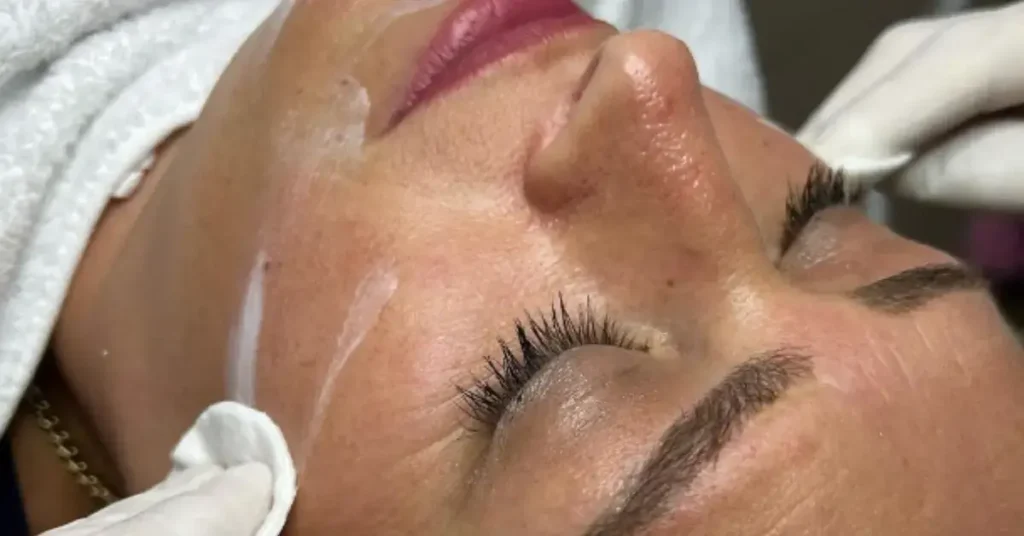
As someone who has struggled with acne and uneven skin tone, I know how important it is to find the right skincare routine. I’ve tried countless products and treatments, but nothing has worked as well as HydraFacial. If you’re wondering how often you should get a Hydrafacial, let me break it down for you.
First, let’s talk about what HydraFacial is. It’s a patented, non-invasive facial treatment that combines cleansing, exfoliation, extraction, and hydration. The treatment uses a special machine that delivers serums and other nourishing ingredients deep into your skin. It’s like a spa day for your face!
One of the things I love about HydraFacial is that it’s suitable for all skin types. Whether you have dry, oily, or sensitive skin, HydraFacial can help improve your complexion. Plus, it’s gentle enough that you can get it done regularly without worrying about irritation or downtime.
So, how often should you get a HydraFacial? It depends on your skin type and concerns. Some people see great results with just one treatment, while others benefit from getting it done every few weeks. Here are some general guidelines:
- If you’re dealing with a specific skin issue like acne or hyperpigmentation, you may want to get a HydraFacial every 2-4 weeks until you see improvement.
- If you’re just looking to maintain your skin’s health and glow, you can get a HydraFacial every 4-6 weeks.
- If you have sensitive skin, you may want to space out your treatments to every 6-8 weeks to avoid over-exfoliation.
It’s important to note that everyone’s skin is different, so what works for me may not work for you. Talk to your skincare provider about your concerns and goals, and they can help you come up with a personalized treatment plan.
Benefits of Regular Hydrafacials
As someone who has been getting hydrafacials regularly for the past year, I can attest to the numerous benefits of this treatment. Not only does it leave my skin looking and feeling refreshed, but it also helps to address a variety of skin concerns.
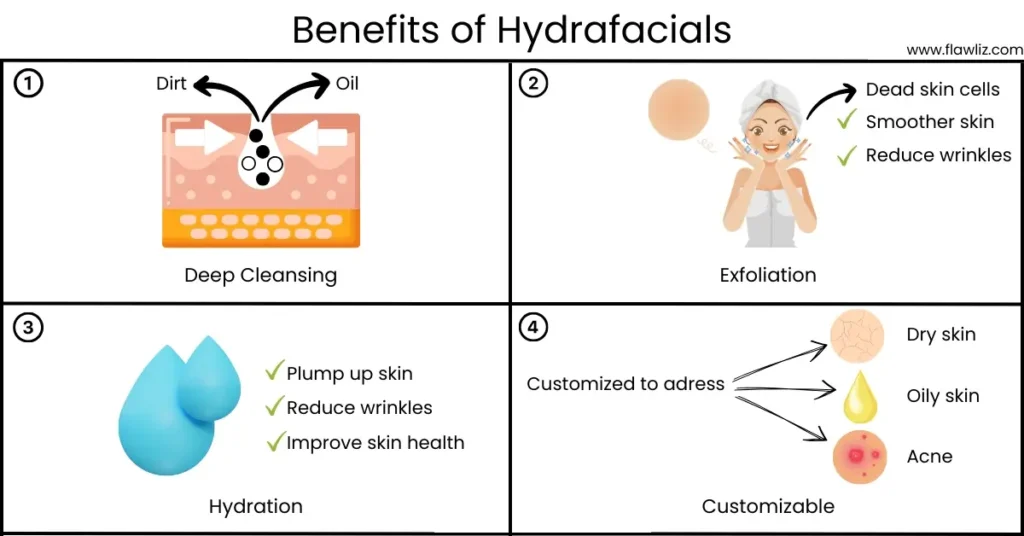
Here are some of the benefits of getting regular hydrafacials:
- Deep Cleansing: Hydrafacials use a unique vortex suction technology to remove dirt, oil, and impurities from deep within the pores. This helps to prevent acne and breakouts and leaves the skin looking brighter and more radiant.
- Exfoliation: The treatment also includes a gentle exfoliation process that removes dead skin cells, revealing smoother and softer skin. This can help to reduce the appearance of fine lines and wrinkles and improve overall skin texture.
- Hydration: Hydrafacials also include a step where a hydrating serum is infused into the skin. This helps to plump up the skin, reduce the appearance of fine lines, and improve overall skin health.
- Customizable: One of the great things about hydrafacials is that they can be customized to address specific skin concerns. Whether you have dry skin, oily skin, or are dealing with acne or hyperpigmentation, there is a hydrafacial treatment that can help.
Pro Tip: To get the most out of your hydrafacial, I recommend getting one every 4-6 weeks. This will help to maintain the results and keep your skin looking its best.
Determining the Frequency of Hydrafacials
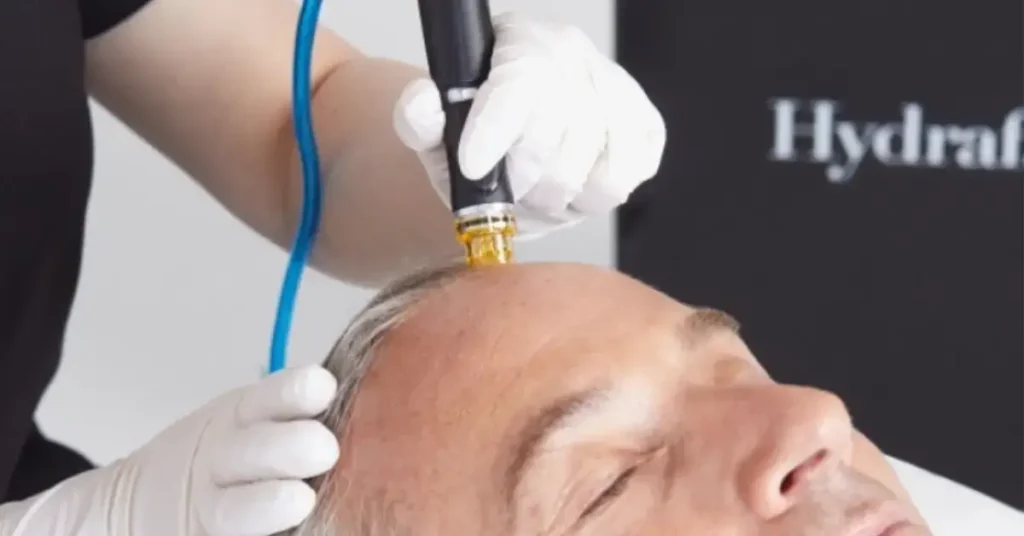
As someone who has struggled with skin issues for years, I understand the importance of finding a skincare routine that works for you. That’s why I turned to hydrafacials, a non-invasive treatment that uses a combination of exfoliation, hydration, and extraction to leave skin looking and feeling its best. But how often should you get a hydrafacial?
First and foremost, it’s important to consider your skin type and current skin condition. If you have oily skin or struggle with acne, you may benefit from more frequent treatments, while those with dry or sensitive skin may need to space out their appointments. Additionally, if you have any underlying skin conditions or concerns, it’s best to consult with a dermatologist to determine the best course of action.
In general, most skin care professionals recommend getting a hydrafacial every four to six weeks. This allows enough time for your skin to fully recover and reap the benefits of the treatment, while also ensuring that you maintain a consistent skincare routine. However, this can vary depending on your individual needs and goals.
Personally, I’ve found that getting a hydrafacial every six weeks works well for me. This allows me to maintain healthy, glowing skin without overdoing it or causing any irritation. Of course, everyone’s skin is different, so it’s important to listen to your body and adjust your frequency as needed.
Remember: If you’re looking to maximize the benefits of your hydrafacial, consider incorporating other skincare treatments and products into your routine.
Factors Influencing Hydrafacial Frequency
If you’re wondering how often you should get a hydrafacial, there are several factors to consider. Here are some of the most important ones:
Skin Type
Your skin type plays a significant role in determining how often you should get a hydrafacial. Those with oily skin may benefit from more frequent treatments, as they are more prone to clogged pores and acne. On the other hand, those with dry or sensitive skin may need to space out their treatments more to avoid irritation.
Skin Condition
The condition of your skin is another important factor to consider. If you have a specific skin concern, such as hyperpigmentation or fine lines, you may need to get hydrafacials more frequently to see the desired results. Alternatively, if your skin is generally healthy and you’re just looking to maintain its appearance, you may be able to space out your treatments more.
Personal Goals
Your personal goals also play a role in determining how often you should get a hydrafacial. If you have a special event coming up, such as a wedding or photo shoot, you may want to get a hydrafacial a week or two beforehand to ensure your skin looks its best. Alternatively, if you’re just looking to maintain your skin’s appearance over the long term, you may be able to get hydrafacials less frequently.
In my personal experience, I’ve found that getting a hydrafacial every six weeks is a good balance for maintaining healthy, glowing skin. However, everyone’s skin is different, so it’s essential to work with a skincare professional to determine the best frequency for your needs.
Pro Tip: In addition to getting hydrafacials, it’s important to maintain a consistent skincare routine at home to keep your skin looking its best. This may include cleansing, moisturizing, and using sunscreen daily.
Possible Side Effects of HydraFacials
HydraFacials are generally considered safe and effective for most people, but like any cosmetic treatment, there are some possible side effects to be aware of. In this section, I will discuss some of the potential side effects of HydraFacials.
One of the most common side effects of HydraFacials is redness and irritation. This is usually mild and temporary, but in some cases, it can be more severe. If you experience significant redness or irritation after a HydraFacial, it’s important to speak with your esthetician or dermatologist.
Another possible side effect of HydraFacials is dryness and flakiness. This is more common in people with dry or sensitive skin, and can usually be treated with a good moisturizer. It’s important to avoid using any harsh products or exfoliants on your skin for a few days after a HydraFacial to help prevent dryness and flakiness.
In rare cases, some people may experience an allergic reaction to one of the products used during a HydraFacial. If you have a history of allergies or sensitive skin, it’s important to let your esthetician know before your treatment.
Pro Tip: To minimize the risk of side effects, it’s important to choose an experienced and qualified esthetician or dermatologist for your HydraFacial treatment.
Additionally, be sure to follow any post-treatment instructions carefully, and avoid using any harsh products or exfoliants on your skin for a few days after your treatment.
Professional Recommendations

As someone who has received multiple HydraFacials, I wanted to know how often I should be getting them. After doing some research and speaking with professionals, I found that the general rule of thumb is to get a HydraFacial once a month. However, this can vary depending on your skin type and concerns.
According to Allure, some treatments, such as the HydraFacial, are only recommended once every three months. This is because HydraFacial is a deep-cleansing treatment that exfoliates and extracts impurities from the skin. If done too frequently, it can be too harsh on the skin and cause irritation.
It’s important to note that everyone’s skin is different, so it’s best to consult with a professional to determine how often you should be getting a HydraFacial. Dr. Angela Sturm, a board-certified facial plastic surgeon, suggests that a HydraFacial should last about four to six weeks before your skin starts to turn over again and impurities build up. At that point, you would want to do another HydraFacial to cleanse and hydrate your skin again.
Pro Tip: If you have a big event coming up, schedule your HydraFacial a few days before to ensure your skin is glowing and radiant.
Maintaining Skin Health Post-Hydrafacial
After getting a HydraFacial, it’s important to maintain your skin health to prolong the benefits of the treatment. Here are some tips on how to do so:
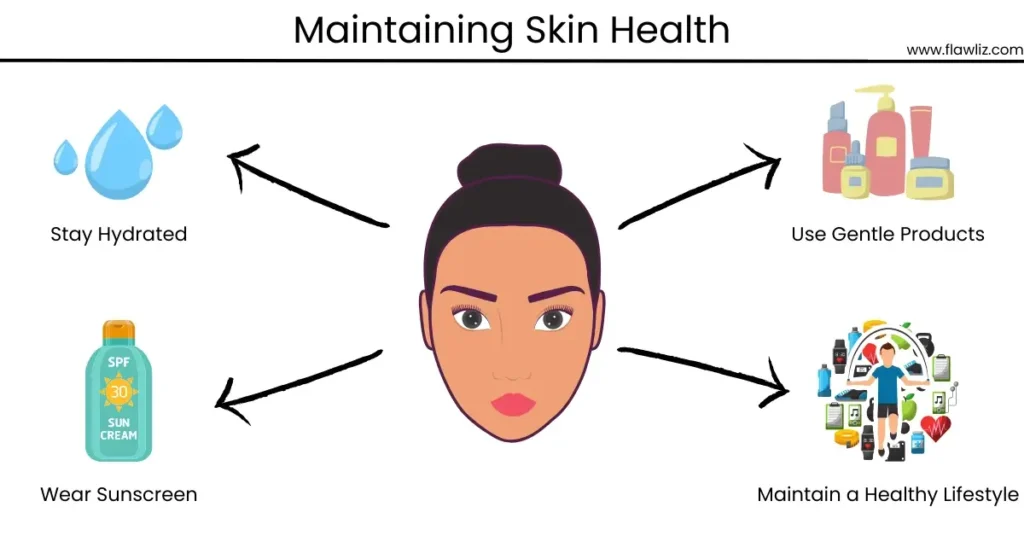
- Stay Hydrated: Drinking plenty of water helps keep your skin hydrated and healthy. I make sure to drink at least 8 glasses of water a day to keep my skin looking its best.
- Wear Sunscreen: Protect your skin from harmful UV rays by wearing sunscreen with an SPF of at least 30. I apply sunscreen every day, even on cloudy days, to prevent sun damage.
- Avoid Harsh Treatments: For at least 48 hours after a HydraFacial, avoid harsh treatments like chemical peels, laser treatments, and waxing. These treatments can irritate your skin and undo the benefits of the HydraFacial.
- Use Gentle Products: Use gentle, non-irritating products on your skin after a HydraFacial. Avoid products with harsh chemicals or fragrances that can irritate your skin.
- Maintain a Healthy Lifestyle: Eating a balanced diet, getting enough sleep, and exercising regularly can all help keep your skin healthy. I try to eat plenty of fruits and vegetables, get at least 7 hours of sleep a night, and exercise for at least 30 minutes a day.
My personal experience with HydraFacials has been amazing. My skin looks brighter, smoother, and more youthful after each treatment. I typically get a HydraFacial once a month to maintain my skin’s health and appearance.
Remember: If you’re unsure of how often to get a HydraFacial, consult with a skincare professional. They can assess your skin’s needs and recommend a treatment plan that’s right for you.
Cost Considerations
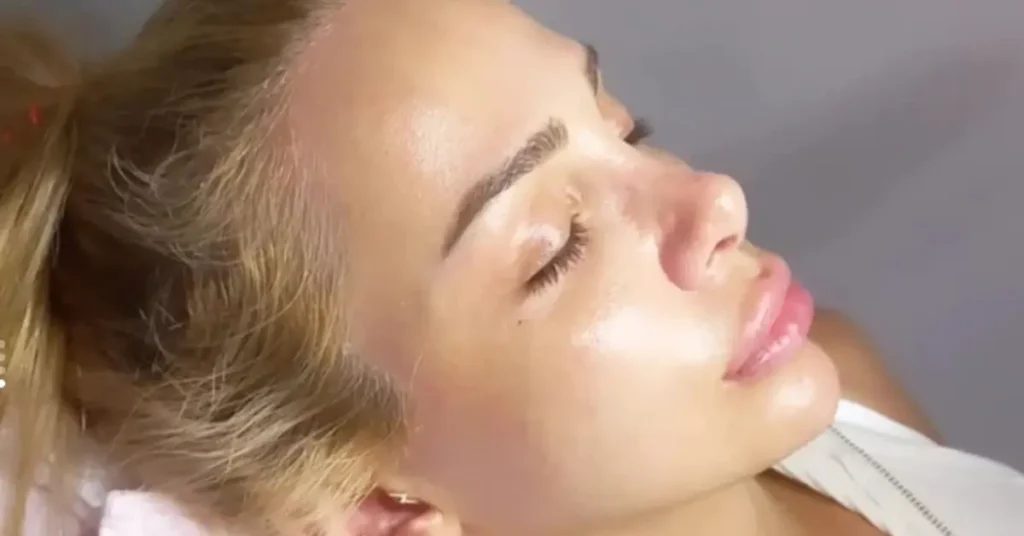
When it comes to the cost of HydraFacial treatments, it’s important to keep in mind that prices can vary depending on the location and spa or practitioner you choose to work with. According to RealSelf, the average cost of a HydraFacial treatment is $180, with prices ranging up to $300.
Personally, I have found that the cost of HydraFacial treatments is worth it for the benefits it provide. However, I understand that it may not be feasible for everyone to get frequent treatments due to the cost.
My Tip: Look for deals or discounts on HydraFacial treatments. Many spas and medical offices offer package deals that can help you save money in the long run. Additionally, some spas may offer discounts for first-time customers or for booking multiple appointments at once.
It’s also worth noting that while HydraFacial treatments may seem expensive, they can be a cost-effective alternative to other more invasive procedures like chemical peels or laser treatments. HydraFacial treatments are gentle and non-invasive, making them a great option for those looking to improve their skin without breaking the bank.
How Often Should You Get a HydraFacial: Key Takeaways
Hydrafacial delivers the benefits of multiple treatments in one #hydrafacial
— Sarnia Anti Aging Clinic (@SarniaAntiAging) June 2, 2019
As someone who has personally experienced the benefits of HydraFacial, I can confidently say that it is a great investment for your skin. However, the question remains: how often should you get a HydraFacial?
After consulting with my dermatologist and doing some research, I have found that the recommended frequency for HydraFacial treatments is once every four to six weeks. This allows for consistent improvement in skin tone and texture, as well as addressing concerns such as acne, hyperpigmentation, and wrinkles.
It is important to note that while HydraFacial is a safe and non-invasive treatment, overdoing it can lead to negative side effects such as irritation and dryness. Therefore, it is best to stick to the recommended frequency and consult with your dermatologist if you have any concerns.
Here are some key takeaways regarding how often you should get a HydraFacial:
- The recommended frequency for HydraFacial treatments is once every four to six weeks.
- Consistent treatment ensures improvement in skin tone and texture, as well as addressing concerns such as acne, hyperpigmentation, and wrinkles.
- Overdoing it can lead to negative side effects such as irritation and dryness, so it is best to stick to the recommended frequency.
- Consult with your dermatologist if you have any concerns.
| Benefits | Side Effects |
|---|---|
| Cleansing and hydrating dry skin | Irritation |
| Unclogging pores and reducing acne | Dryness |
| Improving skin tone and texture | Redness |
| Non-invasive and safe |
FAQ
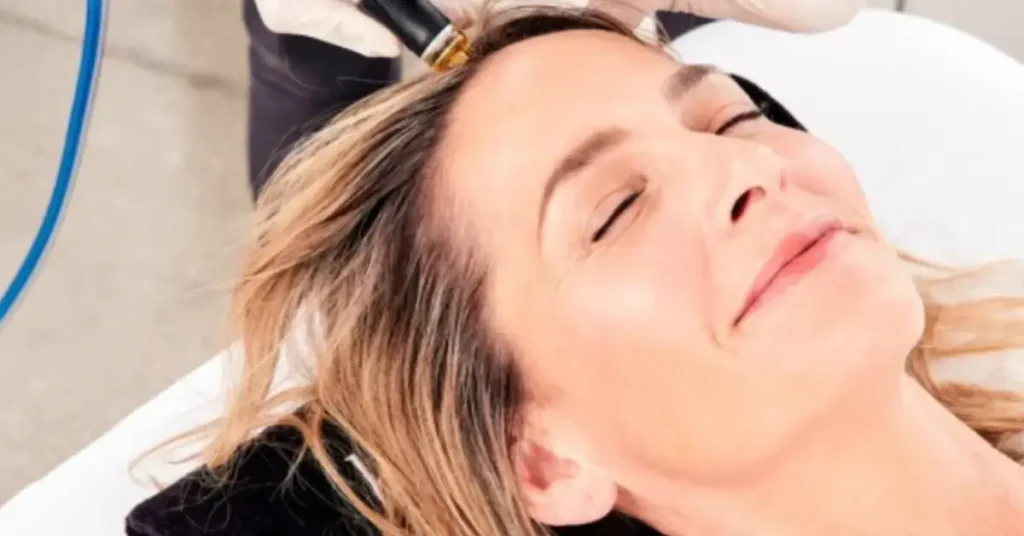
How long do HydraFacial results last?
The HydraFacial works best when integrated into your regular skincare routine. Most see noticeable results for about a week, and treatments can be done weekly. By following a proper skincare regimen, you can extend these benefits for up to six weeks.
How long should you wait between Hydrafacials?
You should wait 4 to 6 weeks between Hydrafacial treatments to allow your skin to fully recover and benefit from the next session.
How many Hydrafacials does it take to see results?
Many people notice improved skin texture and tone after just one HydraFacial treatment. However, for optimal and longer-lasting results, a series of 3 to 6 treatments, spaced 4 to 6 weeks apart, is often recommended.
Is a monthly HydraFacial worth it?
Yes, a monthly HydraFacial can be worth it for maintaining healthy, radiant skin. Regular treatments help address skin concerns, improve texture, and enhance product absorption. However, it’s essential to assess your specific skincare needs and budget to determine if it aligns with your goals.
How do I maintain my face after HydraFacial?
Maintain your post-HydraFacial glow by using gentle skin care products, staying hydrated, and applying sunscreen daily. Follow a skincare routine recommended by your provider and schedule regular treatments as advised to achieve long-lasting results.
What are the side effects of HydraFacial?
HydraFacial is generally low-risk, but potential side effects may include temporary redness, mild irritation, or breakouts due to skin purging. These effects are usually short-lived and resolve within a day or two.
If you liked this blog article about the question: How Often Should You Get A Hydrafacial In 2024? don’t forget to leave us a comment down below to tell us about your experience with it.



